




Seventeen birds found our nets today and only a few looked comfortable as they were banded, measured, weighed and photographed. Species which rely upon insects for their primary food source, such as the female Northern Parula and male Blue-gray Gnatcatcher pictured, were fluffed up to save energy, perhaps concerned when they might find their next meal in this cold Canadian air. Such is the plight of the north-bound migrant with an early spring urge to forge north to their breeding grounds.
The Winter Wren, also, is a migrant! And they breed in Alaska, across Canada and the northern tier of the United States, nearly coast-to-coast! Why, with those short, rounded wings and that short, stubby tail, it seems a wonder that such a bird can fly across the street, much less across the mouth of the Chesapeake Bay and beyond. Indeed, this half-pint of a wren weighs several grams more than and has wings over one-half inch shorter than a Kinglet. Not bad for aerial maneuvers of short duration, but ……how do they ever make it there and back again? Compare the male Golden-crowned Kinglet caught today. Small, yes; but built to fly a few hundred miles in a reasonable amount of time.
All banders enjoy Winter Wrens. They are a challenge to catch, a horror to get out of the net (invariably they are captured in the lowest pocket of a net and often manage to twirl themselves into a ball of netting and bird) and a test to get out of a bird bag. You see, Winter Wrens think they are mice with wings. They can run as well as they can fly. They know there is only one way out of the bag and that the hole need not be very large for them to escape. They need not escape directly. They are content deftly to avoid your hand as the bag is being opened. In a moment they can wiggle up your sleeve and emerge from the neck of your tee shirt before taking flight. Ask my friends Betsy Brooks and Ryan Kayhart at Braddock Bay Bird Observatory near Rochester, NY, www.bbbo.org!
Finally, the male American Goldfinch pictured was also comfortable in the cool air gripping First Landing today. But if molting new body feathers is as itchy as it seems it ought to be, perhaps he was not entirely so. Within a week or three, this fellow will have his shiny black cap and bright yellow body feathers for the breeding season ahead. Winter is over, even if there are snow flurries and frost predicted overnight.
Peter
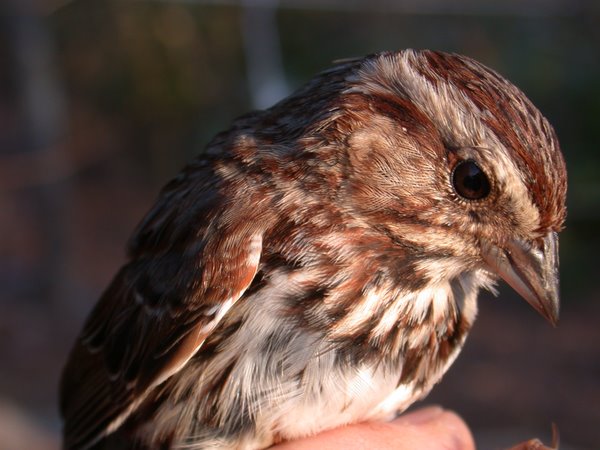
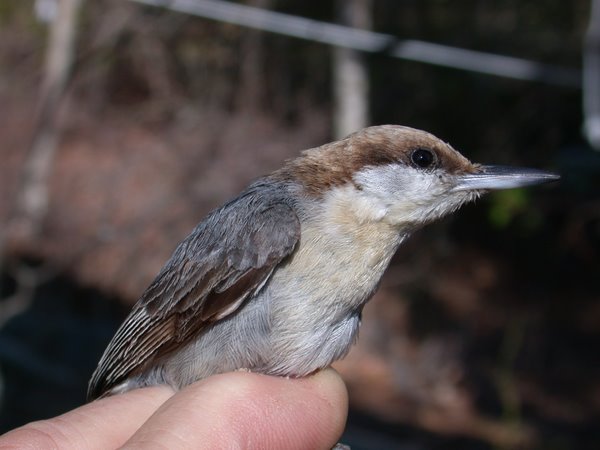
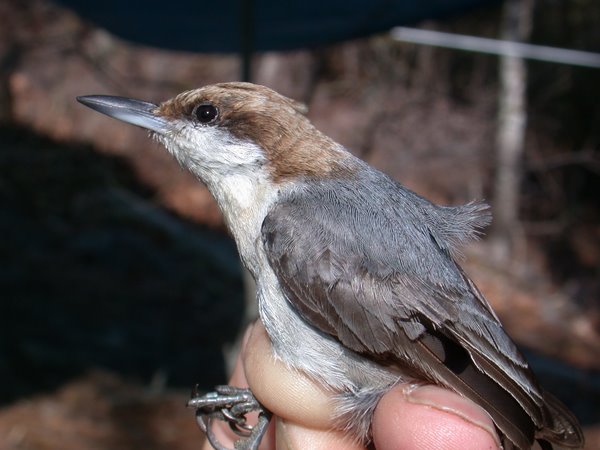
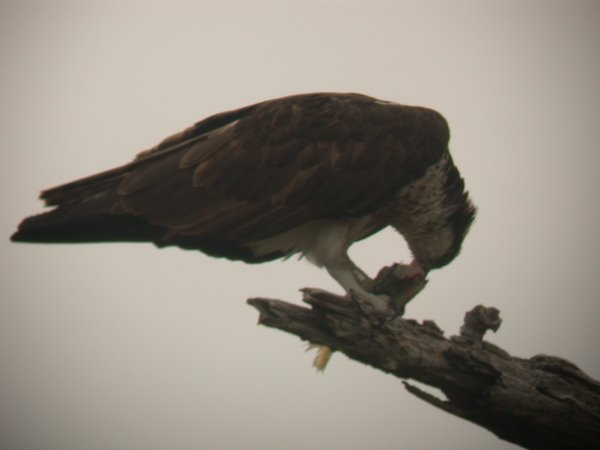


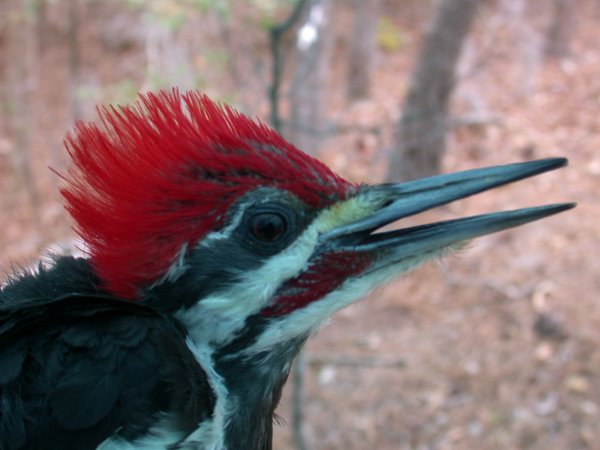
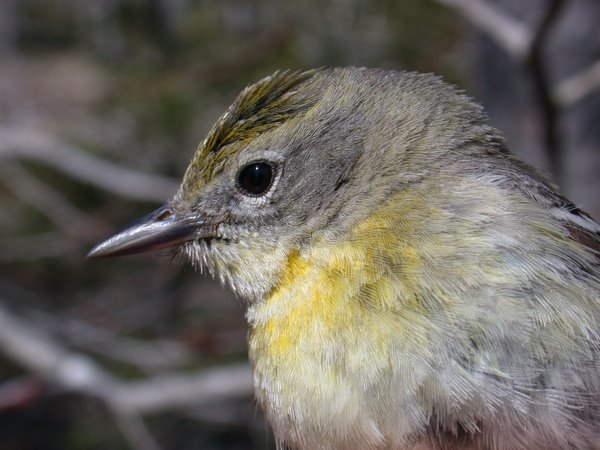
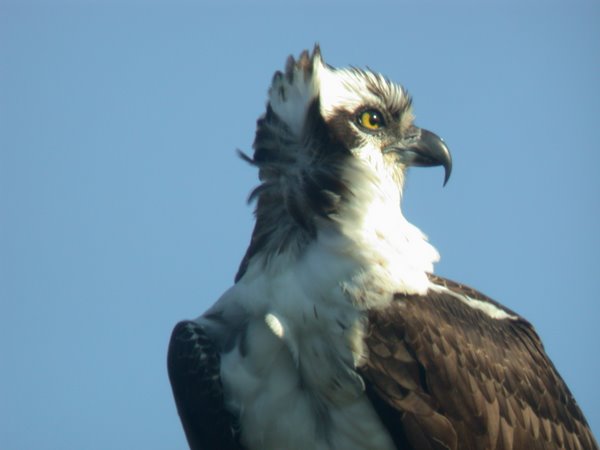
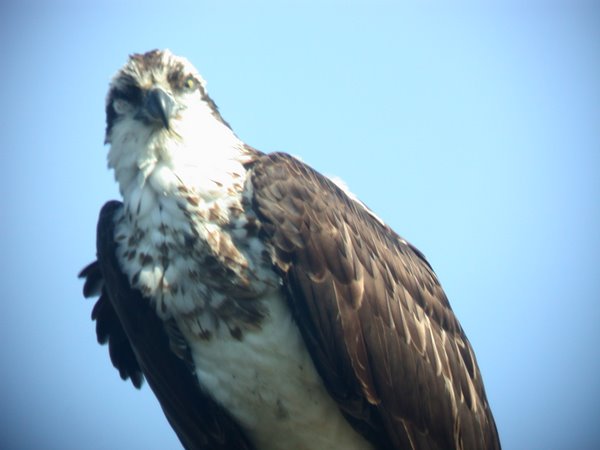
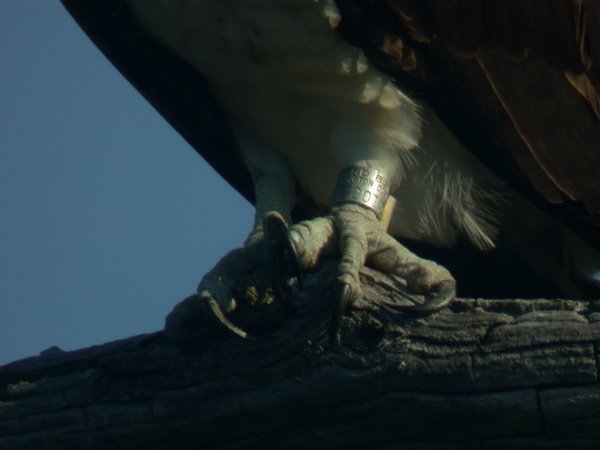
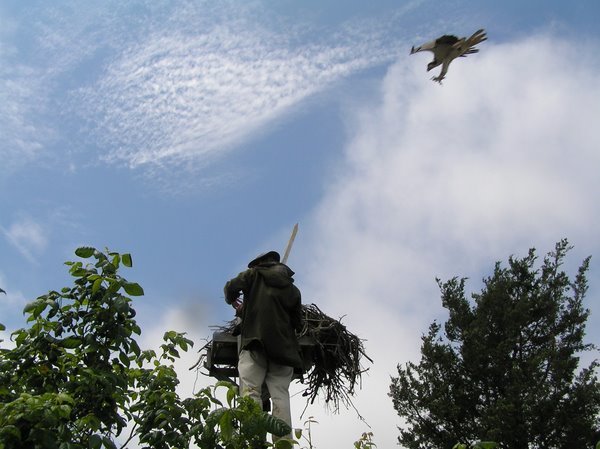

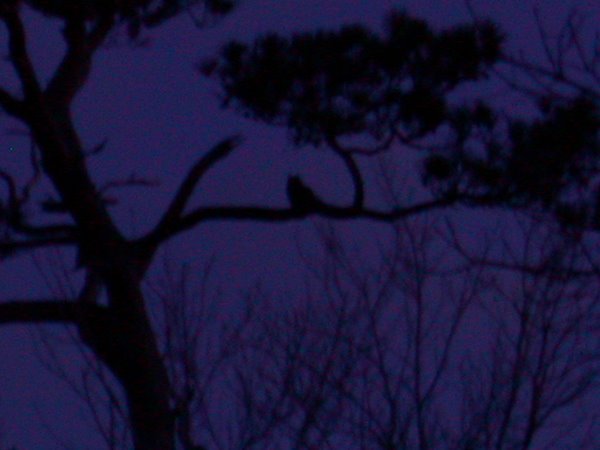



No comments:
Post a Comment